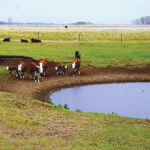
Put your stock water to the test — and avoid herd health issues
Water quality can change quickly and regular testing can head off problems before they become serious

Beef checkoff dollars fund 29 projects
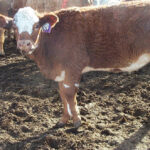
The cause of lameness in cattle isn’t always straightforward
One of every two dozen animals are diagnosed with lameness, but you can lower that number
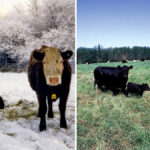
The right time for calving depends on your farm — and you
While many producers are calving earlier, some have gone the other way
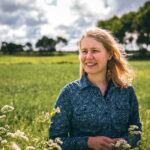
Intercropping can be a win win for mixed operations
The practice comes with a learning curve, but can increase grazing options while boosting soil health

Bale grazing is having its moment in the (winter) sun
Here are some things to bear in mind when using bales to extend the grazing season
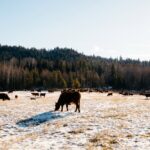
New benchmarking program aims to help you up your game
Initiative will not only help cow-calf producers evaluate their performance but become more innovative

Cattle ranchers paired up with researchers in mentorship program
Pair of Lethbridge scientists matched with cow-calf producers from Alberta

Lethbridge scientist named outstanding cattle researcher
Karen Beauchemin is a leading global authority on ruminant nutrition
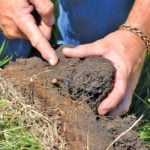
Everyone wants healthy soil… even if they can’t define it
Different farms have different needs, but all fall under the five principles for improving soil health

